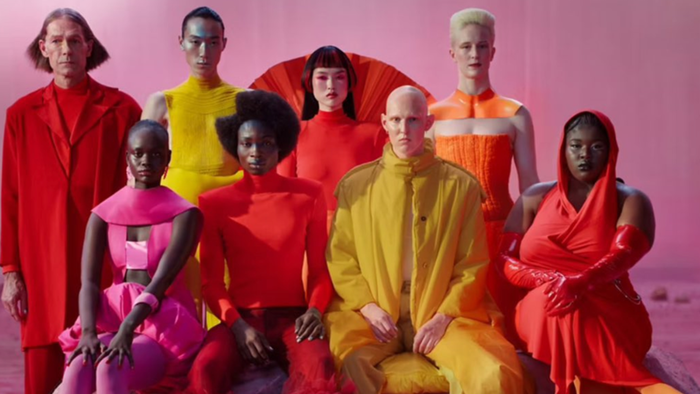Jaguar’s Managing Director, Rawdon Glover, has found himself in a position of damage control following a controversial 30-second advertisement that has been met with backlash on social media. The ad, which drew comparisons to other brands struggling with similar issues, has prompted Glover to clarify the company’s intent behind the campaign, asserting that the message was lost amidst a wave of intolerance and negativity online. He firmly rejected accusations that the advertisement leaned towards a “woke” agenda, insisting that the intention was to distinguish Jaguar from other automotive brands in a saturated market. Glover emphasized the need for the company to redefine its brand appeal and price point, thereby necessitating a departure from traditional marketing strategies in order to reclaim attention in a competitive landscape.
Despite Glover’s reassurances about the ad’s purpose, the fallout has raised serious questions regarding its effectiveness and alignment with Jaguar’s long-standing heritage. Content on platforms such as X (formerly Twitter) has seen significant criticism for what many believe is a misguided attempt at modern branding. Glover expressed disappointment over the hateful and intolerant responses to the advertisement, reaffirming his commitment to fostering a positive brand image that resonates with new audiences while maintaining the historical legacy of Jaguar. Critics, however, remain skeptical of the ad’s execution, drawing parallels to other brands that have faced similar backlashes for perceived missteps in marketing.
The nature of the ad itself has come under significant scrutiny, with industry observers pointing out that it seemed to prioritize social narratives over the essence of selling cars. Glover’s assertion that the ad was meant to elevate the brand and appeal to a contemporary audience has been interpreted by some as an attempt to engage in divisive cultural conversations rather than focusing on the vehicles themselves. This has led to a broader discussion about the implications of advertising strategies that veer towards social commentary, often at the expense of brand identity. As Glover attempts to navigate the criticism, it becomes evident that many believe the advertisement failed its intended purpose.
The backlash from the advertisement has sparked discussions within the automotive industry about the risks associated with modern branding strategies. One advertising executive expressed astonishment at how a single, poorly received ad could undermine nearly a century of brand heritage. Many believe that the marketing decision was not only a miscalculation but also indicative of a potential disconnect between consumer expectations and brand messaging. The automotive industry, traditionally known for its aspirational and luxury connotations, is now facing the challenge of adapting to changing societal norms while attempting to retain its core identity.
Moreover, the incident serves as a case study in how brands can inadvertently alienate long-time consumers. Glover’s comments about needing to engage differently and reconsider their target audience have sparked curiosity about who precisely Jaguar is aiming to attract with these new marketing efforts. The divergence from established marketing principles could dilute the brand’s luxury image, ultimately leading to what some are calling a “brand suicide.” As industry experts reflect on the situation, they warn that this could set a concerning precedent for other automotive brands looking to pivot towards more contemporary messaging.
In the wake of this controversy, Jaguar faces not only the immediate challenge of repairing its brand image but also a pivotal moment that could shape its future marketing direction. Glover’s commitment to transforming Jaguar’s branding will require a nuanced understanding of both consumer sentiment and an appreciation for the brand’s storied past. The delicate balance of innovation while honoring heritage remains a critical focus for Jaguar as it seeks redemption from this turbulent week, with many eyes watching closely to see how the brand will maneuver through the fallout.

